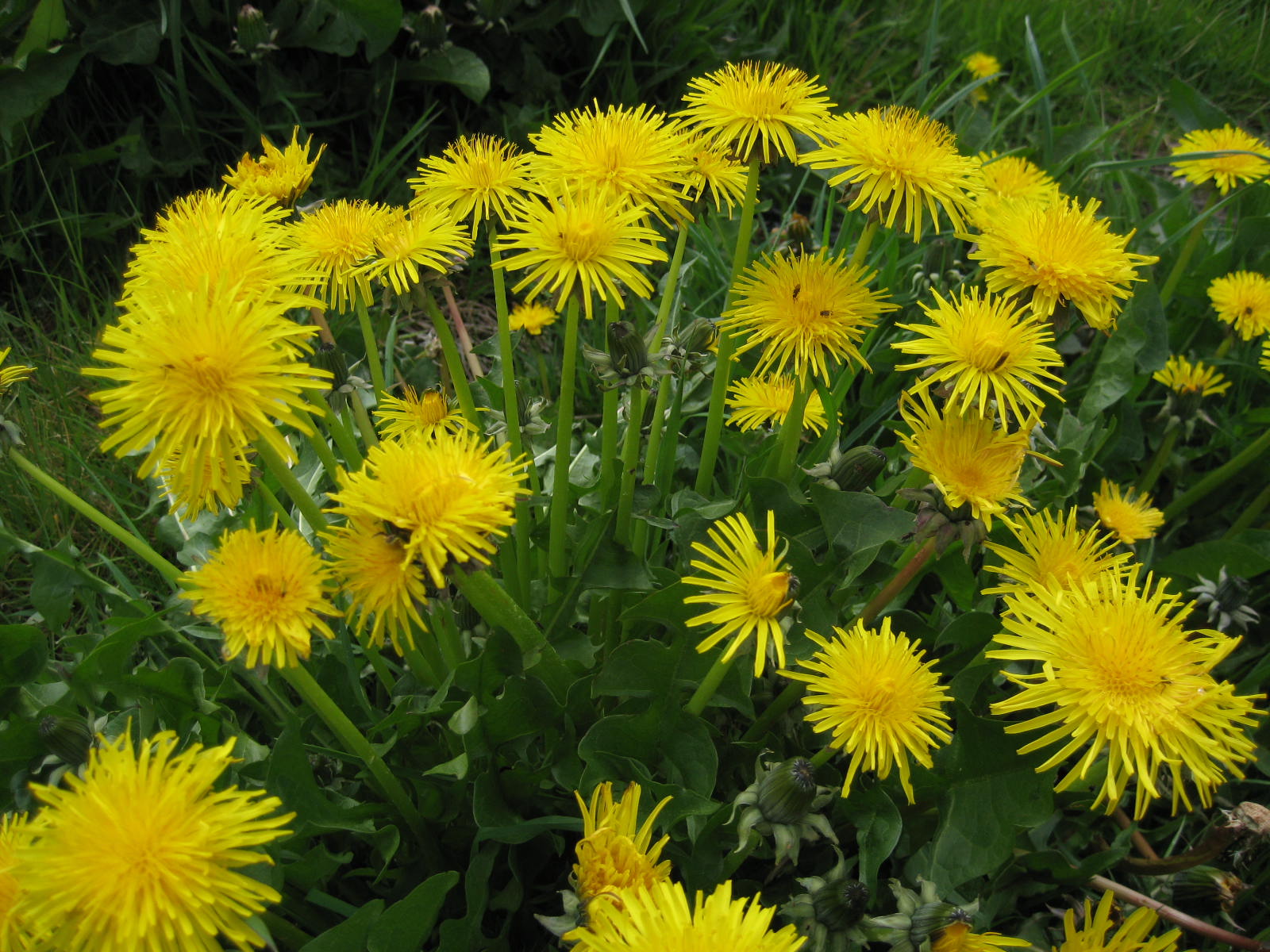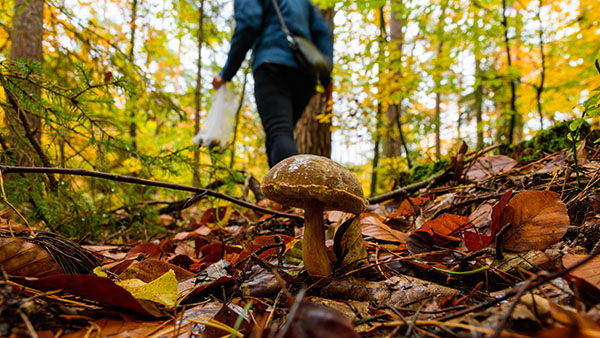
Listed below are five common wild edibles that can be found in urban areas nationwide. They're extremely easy to identify and they're versatile ingredients, qualities that make them good survival foods. (h/t to PreppersWill.com)
1. Acorns
Acorns are a protein-rich survival food. They're especially abundant in cities because oak trees are planted as street and landscape trees in urban environments. You can easily collect large quantities of acorns, too.
Acorns contain chemicals called tannins, which make them taste bitter. To remove the tannins, soak the acorns in water for several hours. Once the water turns brown, drain and rinse the acorns. This method allows the acorns to retain most of their nutrients.
Spread them on a baking tray to dry or dry them in the oven at a low temperature. Once dry, you can eat acorns whole or grind them to make flour.
2. Sumac
Sumac is a flowering plant that grows throughout North America. You can easily identify it by its clusters of red berries, which persist through winter. These berries can be made into a drink rich in vitamin C. Collect sumac berries early in the season as they lose flavor the longer they're exposed to the elements.
3. Dandelion
Dandelion is one of the most common weeds found in gardens. Most of its parts are edible and nutritious. Its stem, for instance, contain calcium, iron and vitamin C, while the roots and leaves are rich in fiber. Dandelion leaves can be added to salads, while its yellow flowers can be used to make tea. (Related: Survival foraging: How to identify and use dandelion, a versatile weed.)
4. Rosehip
When roses are pollinated and allowed to remain on the plant, they produce rose hips – red, bulbous fruits that contain seeds. Rosehips often appear in late summer and fall. They are rich in vitamin C and can be used to make tea, soup and glazes.
5. Cattail
In the summer, cattails resemble hotdogs on a stick. Even in the fall and winter, cattails are easily recognizable. Several parts of the plant are edible, particularly its starchy, potato-like rhizomes.
Tips for foraging
If you're new to foraging, take note of the following tips so that you can safely forage for wild edible plants:
- Consult a foraging expert. Consult a local plant expert who can help you identify plants and note subtle differences between various plant species. Find a foraging expedition in your area and join for more hands-on lessons on foraging.
- Use your eyes. Seasoned foragers rely on their senses, especially their eyes, to identify characteristics of plants, which serve as their "clues" as to whether or not a plant is edible. Inspect the plant's leaves, flowers and stems. Do this across seasons to understand how plants look in different seasons, particularly because pocket field guides tend to only depict plants at the peak of their edibility.
- Read. Once you've gotten the hang of distinguishing plant characteristics, read foraging manuals, cookbooks and other resources to verify your observations and learn more about the plants you're foraging for. You can also make your own sketches when observing plants and confirm their identification using foraging manuals.
- Taste the plant. Taste is the riskiest identifying clue, which is why it should be saved for last. Do not try to taste a plant if you're not absolutely sure of its identity.
- Avoid wild mushrooms. There are few plants that will kill you if ingested. Most of those are species of mushrooms. While there are edible mushroom species, it's best to stay away from them if you're not comfortable foraging for them yet because some toxic mushroom species look like edible ones.
Learn more about foraging for wild edibles at GreenLiving.news.
Sources include:
Please contact us for more information.























